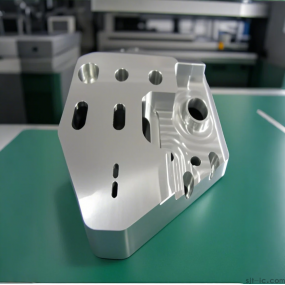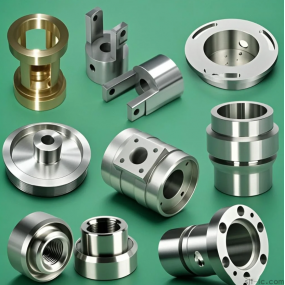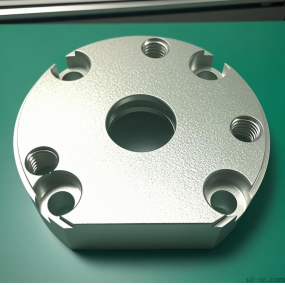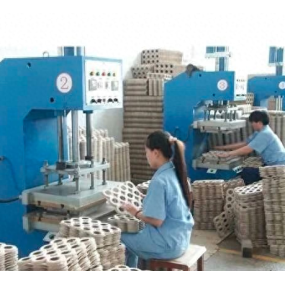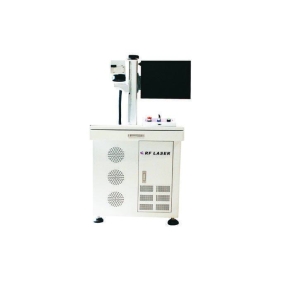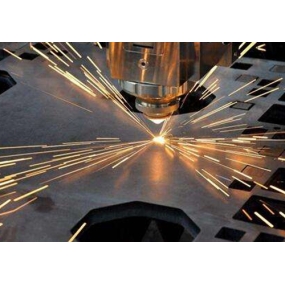Introduction to Shenzhen Machinery Precision Parts Processing:
 Machining of mechanical precision parts refers to the process of changing the external dimensions or properties of a workpiece through a mechanical device. Shanghai Piney Technology Hot Processing Cold Processing can be divided into cutting processing and pressure processing according to the difference in processing methods. Hot processing commonly includes heat treatment, forging, casting and welding.
Machining of mechanical precision parts refers to the process of changing the external dimensions or properties of a workpiece through a mechanical device. Shanghai Piney Technology Hot Processing Cold Processing can be divided into cutting processing and pressure processing according to the difference in processing methods. Hot processing commonly includes heat treatment, forging, casting and welding.
Second, the production types of Shenzhen machinery precision parts processing:
1. Single-piece production: Products of different structures and sizes are produced individually, and are rarely repeated.
2. Mass production: Manufacture the same product in batches throughout the year, with a certain degree of repetition in the manufacturing process.
3. Mass production: The number of products manufactured is large, and most workplaces often repeat the processing of a certain part in a certain process.
III. Classification of Shenzhen machinery precision parts processing:
1. Design reference: The reference used to determine the position of other points, lines, and surfaces on the part drawing is called the design reference.
2. Process reference: The reference used in the machining and assembly process of parts is called process reference. Process reference is divided into assembly reference, measurement reference and positioning reference according to different purposes.
(1) Assembly reference: The reference used to determine the position of a part in a component or product during assembly is called an assembly reference.
(2) Measurement datum: The datum used to check the size and position of the machined surface is called the measurement datum.
(3) Positioning datum: The datum used for positioning the workpiece during processing is called the positioning datum. As the positioning datum surface (or line, point), only the unprocessed rough surface can be selected in the first step, and this positioning surface is called the rough datum. In subsequent processes, the machined surface can be used as the positioning datum, and this positioning surface is called the fine datum.


 Spanish
Spanish Arabic
Arabic French
French Portuguese
Portuguese Belarusian
Belarusian Japanese
Japanese Russian
Russian Malay
Malay Icelandic
Icelandic Bulgarian
Bulgarian Azerbaijani
Azerbaijani Estonian
Estonian Irish
Irish Polish
Polish Persian
Persian Boolean
Boolean Danish
Danish German
German Filipino
Filipino Finnish
Finnish Korean
Korean Dutch
Dutch Galician
Galician Catalan
Catalan Czech
Czech Croatian
Croatian Latin
Latin Latvian
Latvian Romanian
Romanian Maltese
Maltese Macedonian
Macedonian Norwegian
Norwegian Swedish
Swedish Serbian
Serbian Slovak
Slovak Slovenian
Slovenian Swahili
Swahili Thai
Thai Turkish
Turkish Welsh
Welsh Urdu
Urdu Ukrainian
Ukrainian Greek
Greek Hungarian
Hungarian Italian
Italian Yiddish
Yiddish Indonesian
Indonesian Vietnamese
Vietnamese Haitian Creole
Haitian Creole Spanish Basque
Spanish Basque

